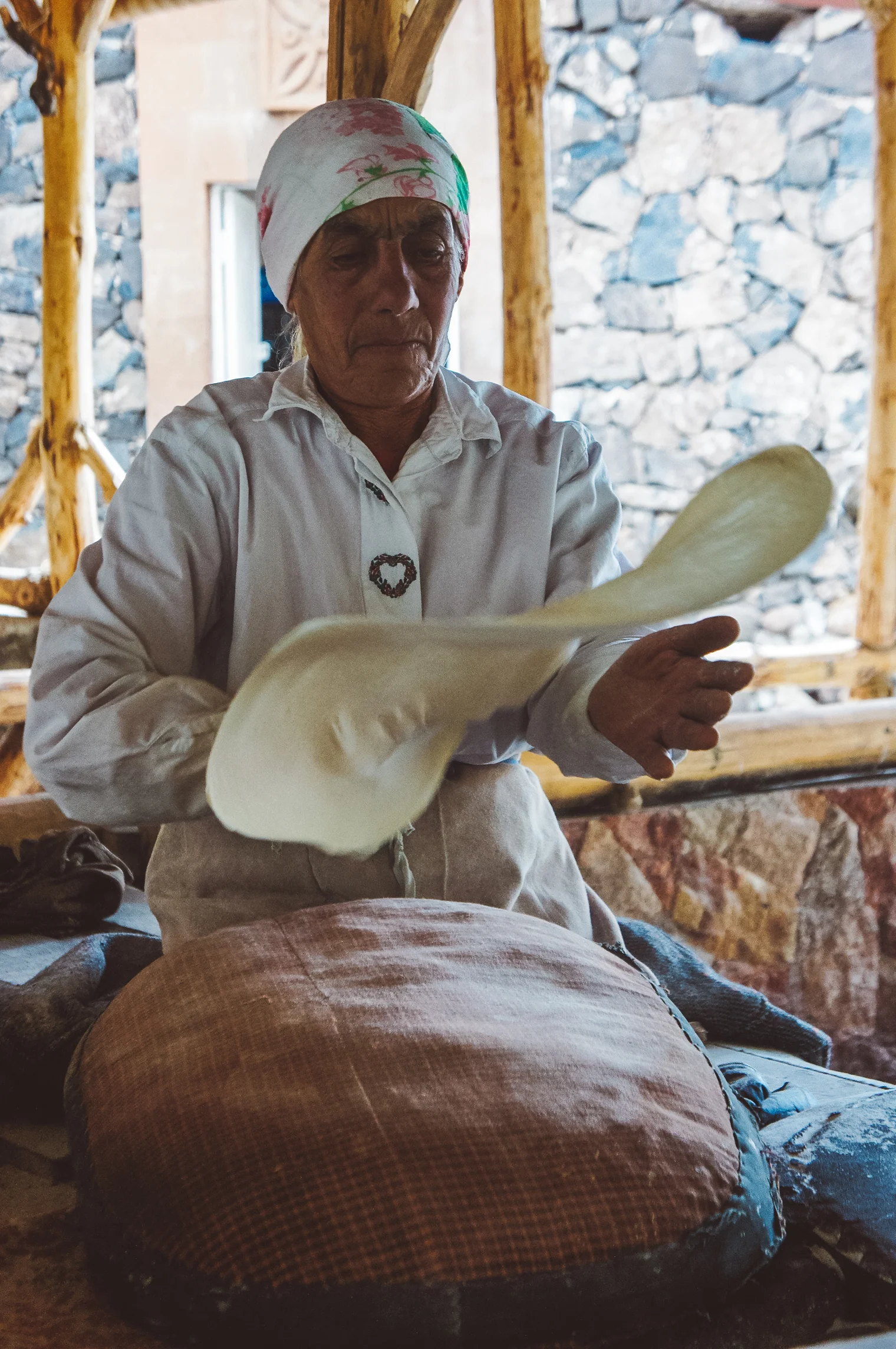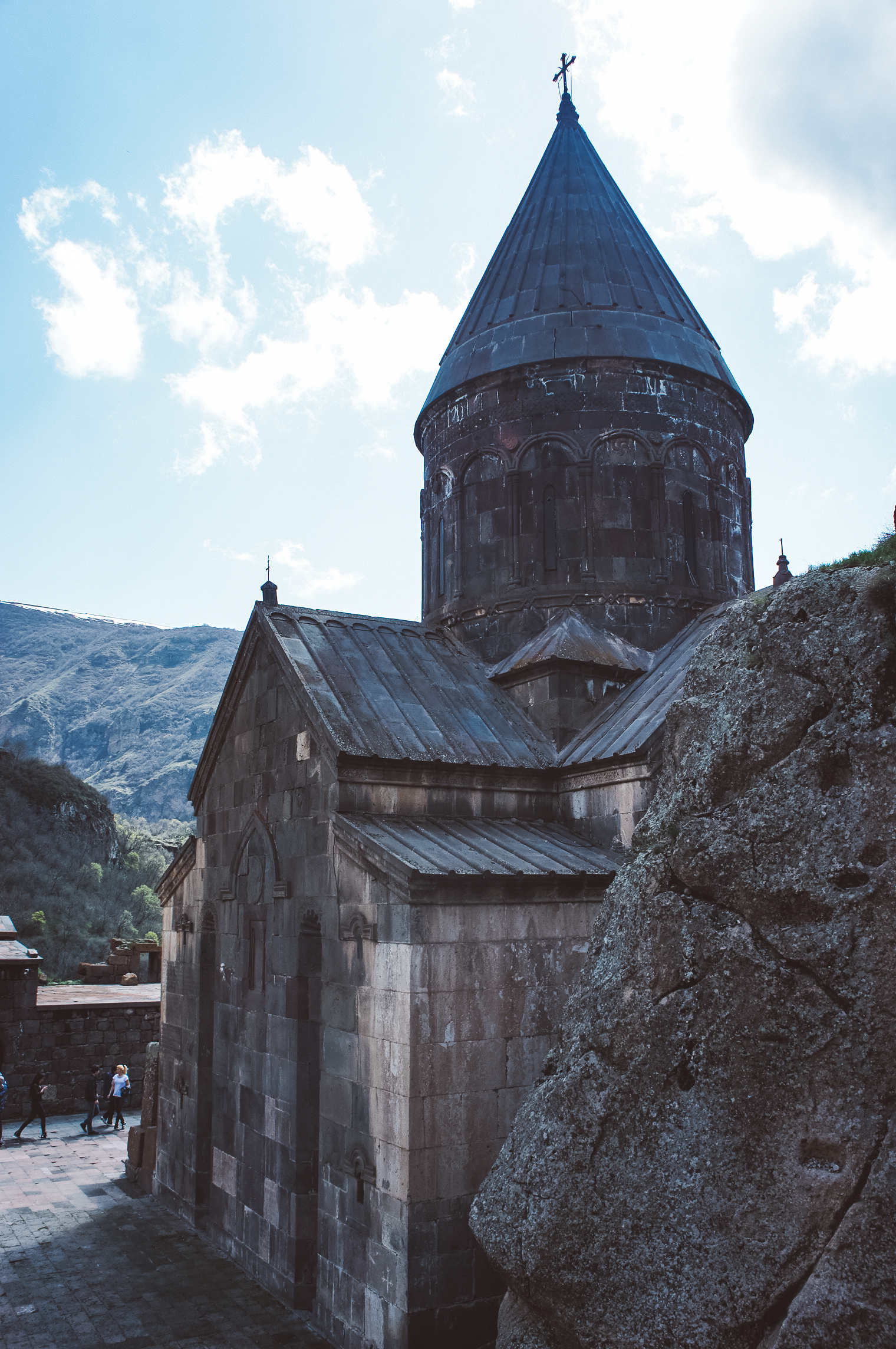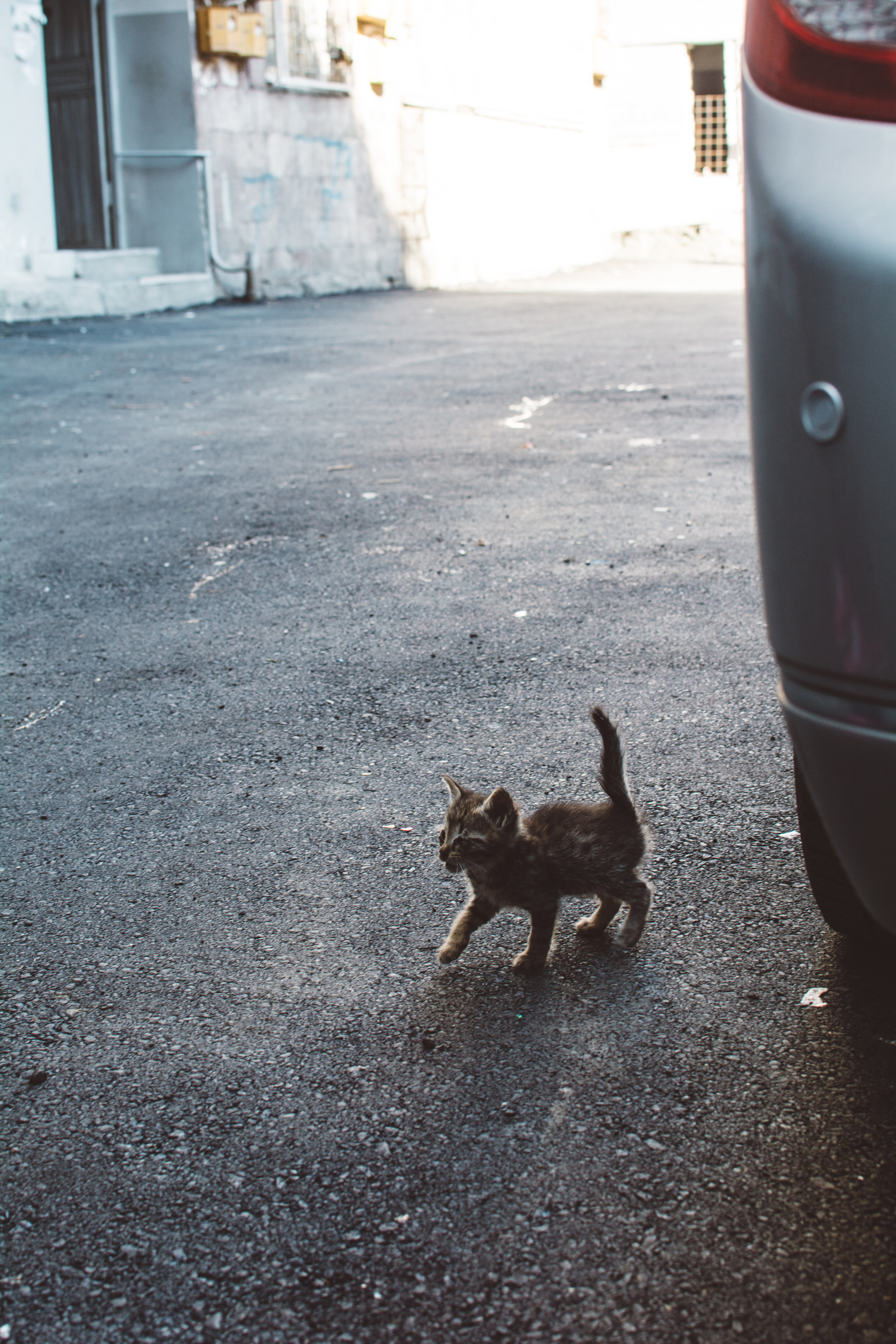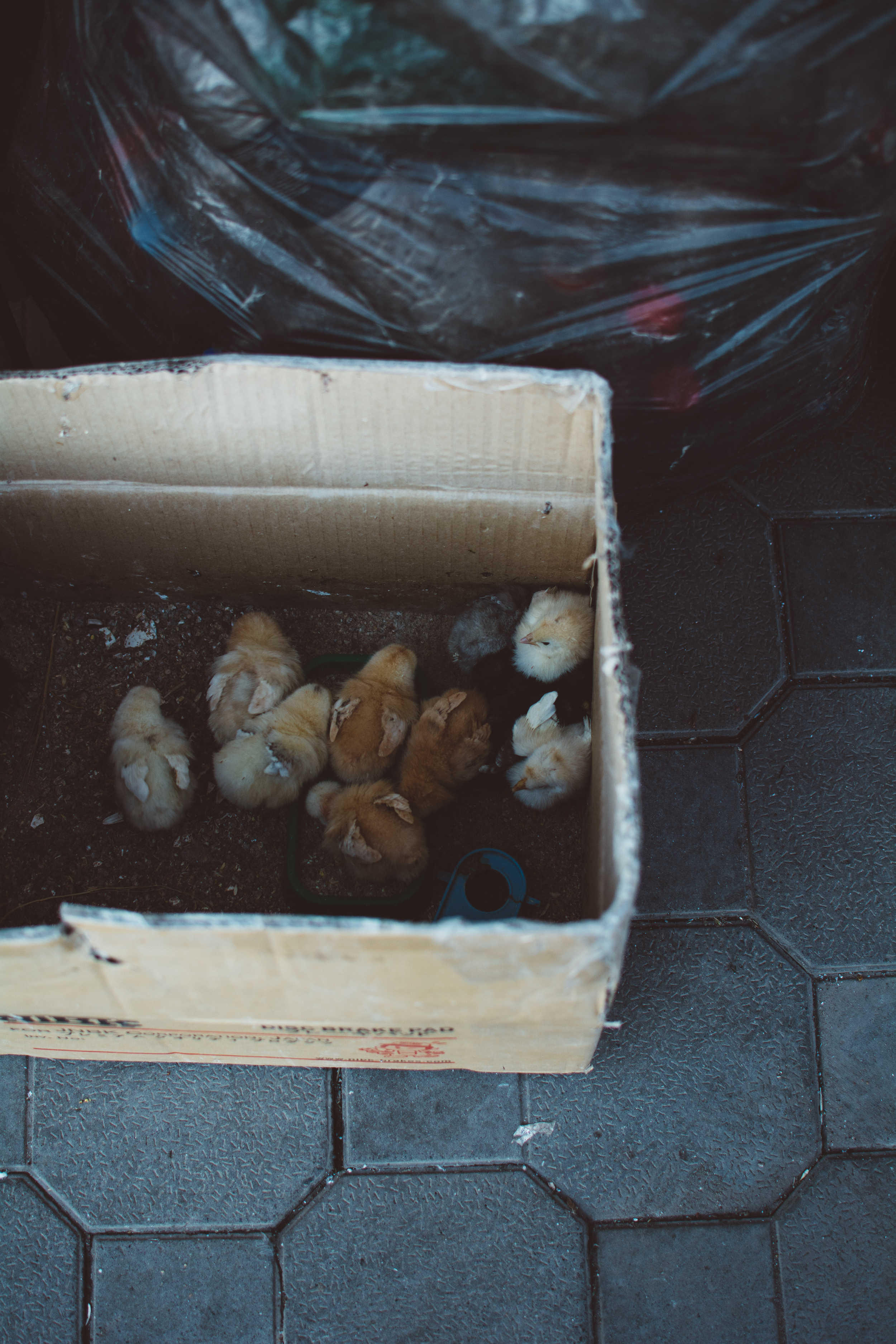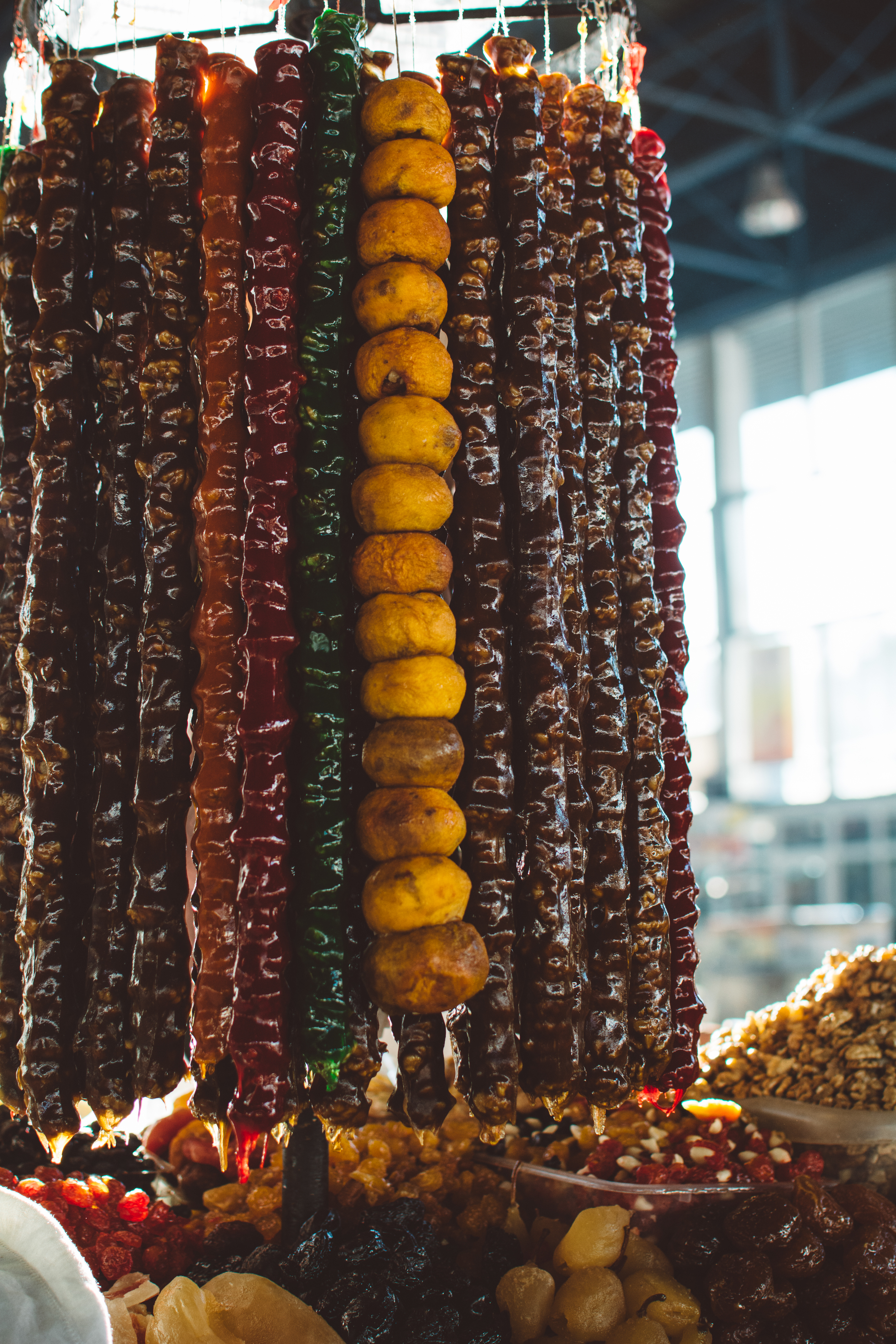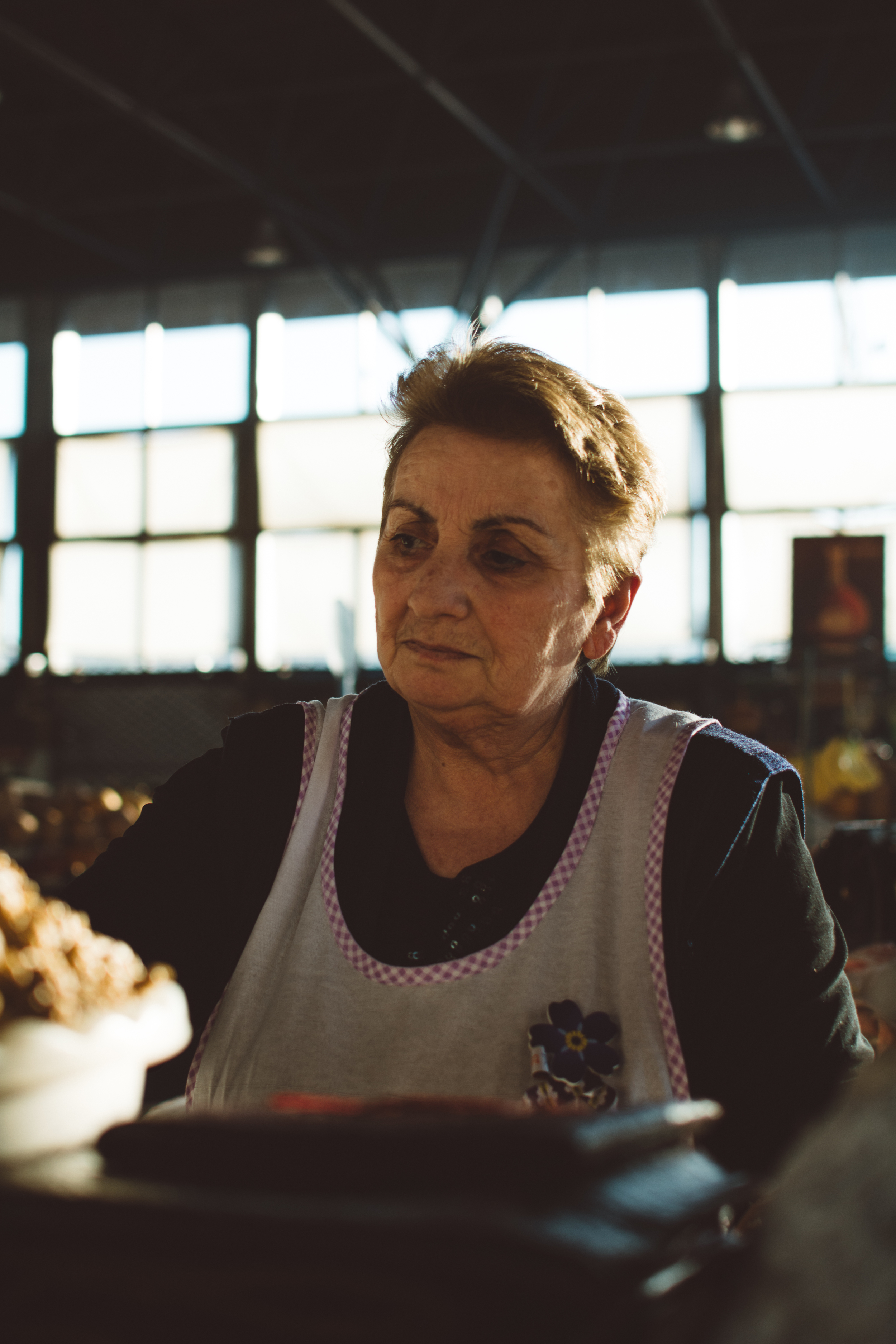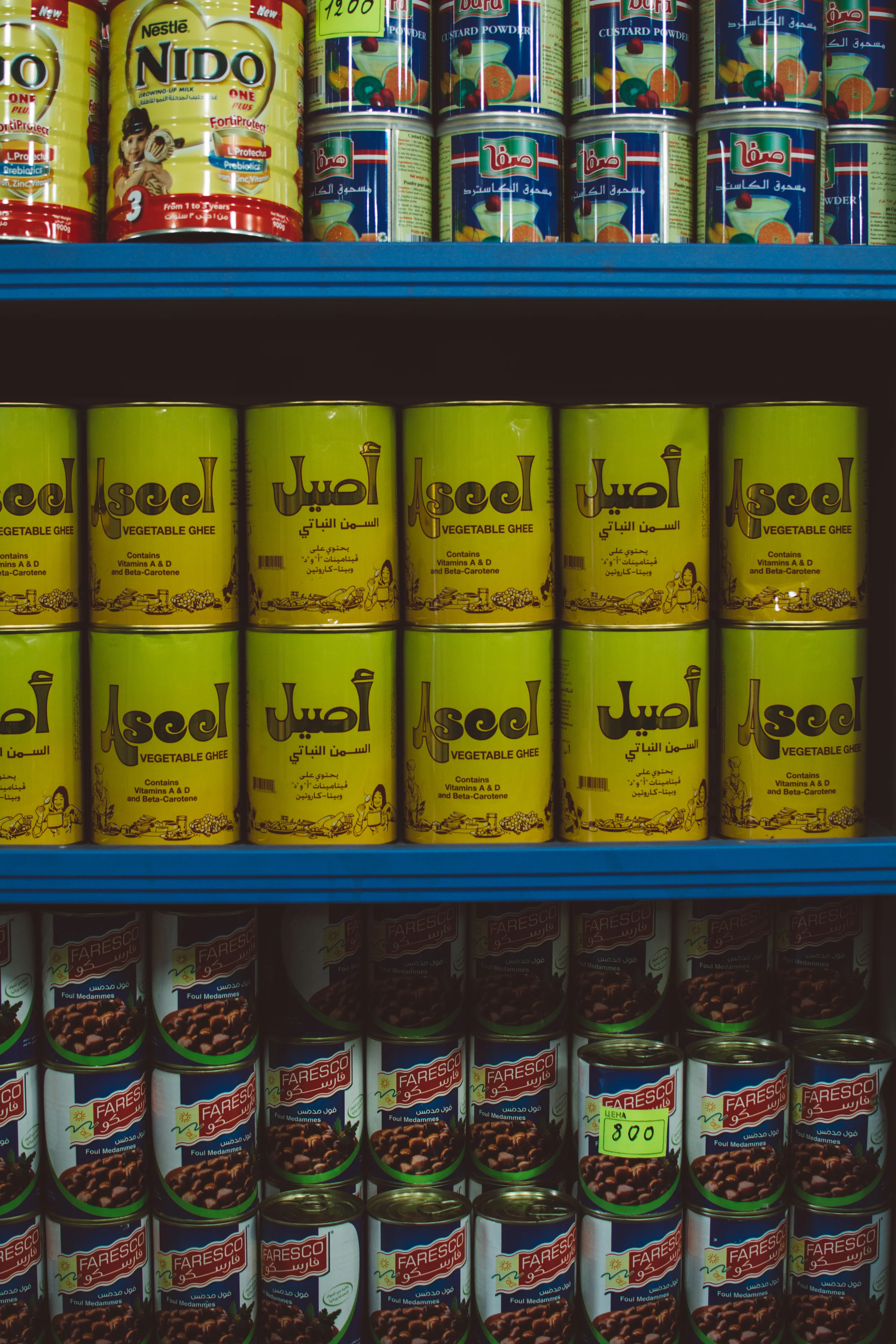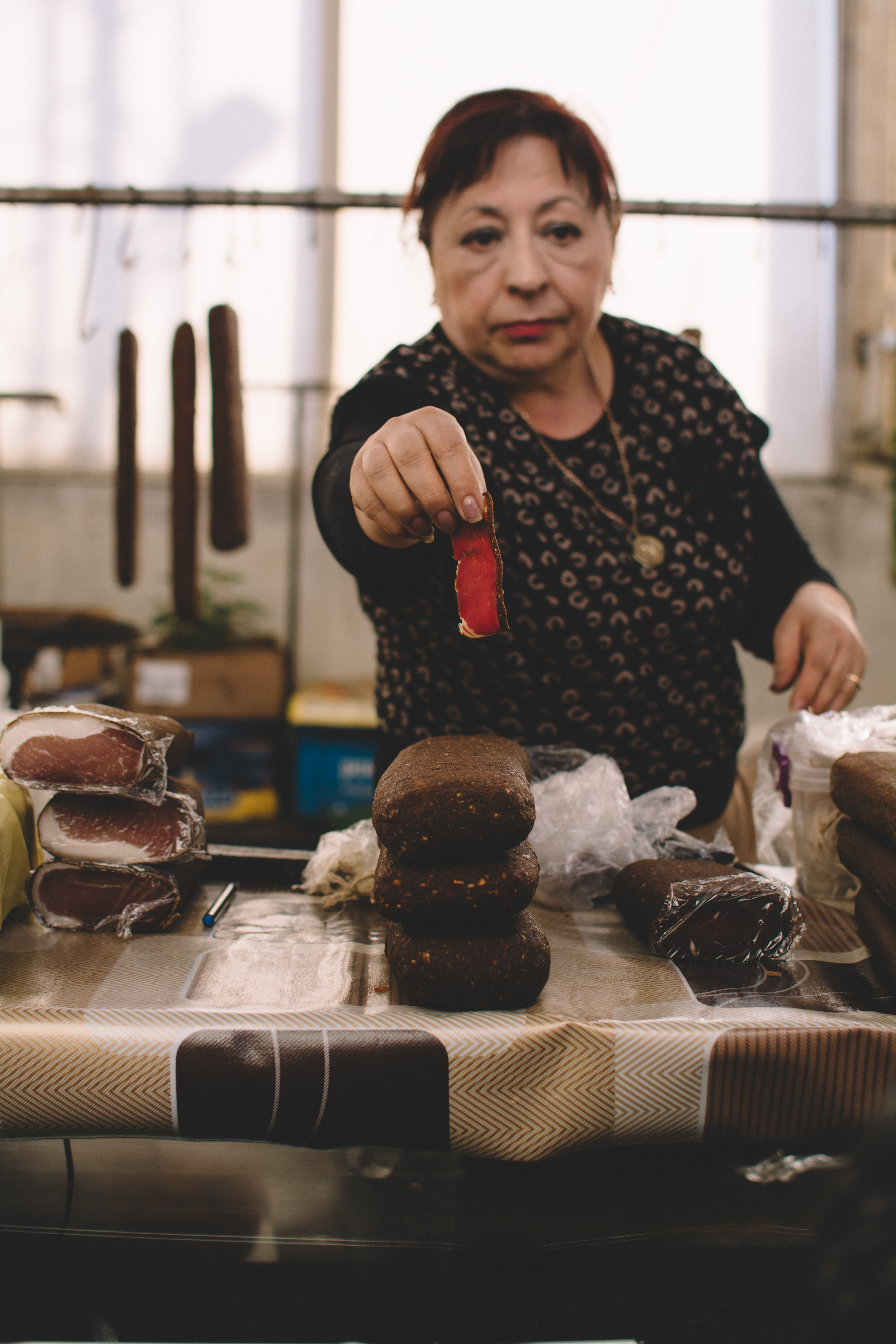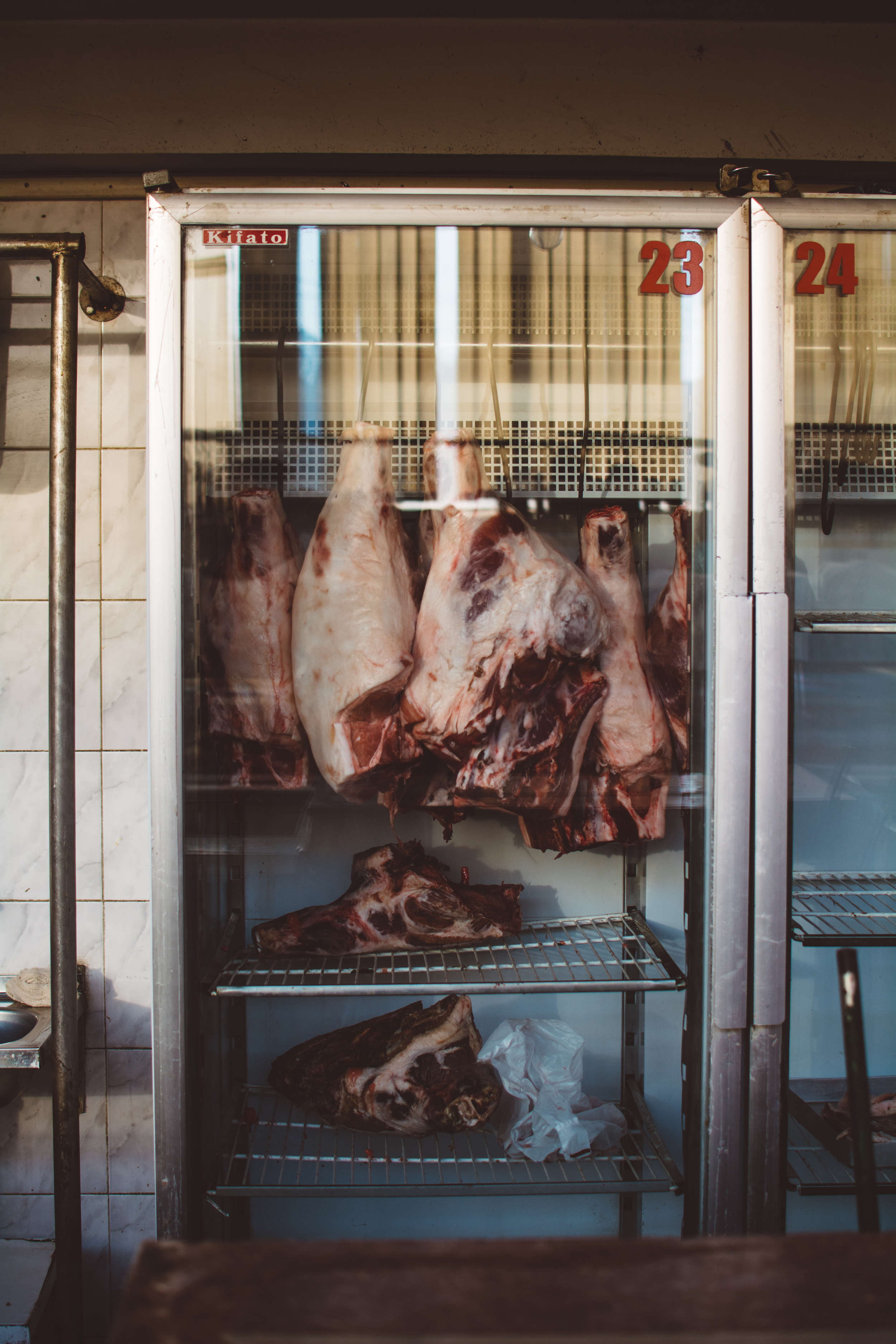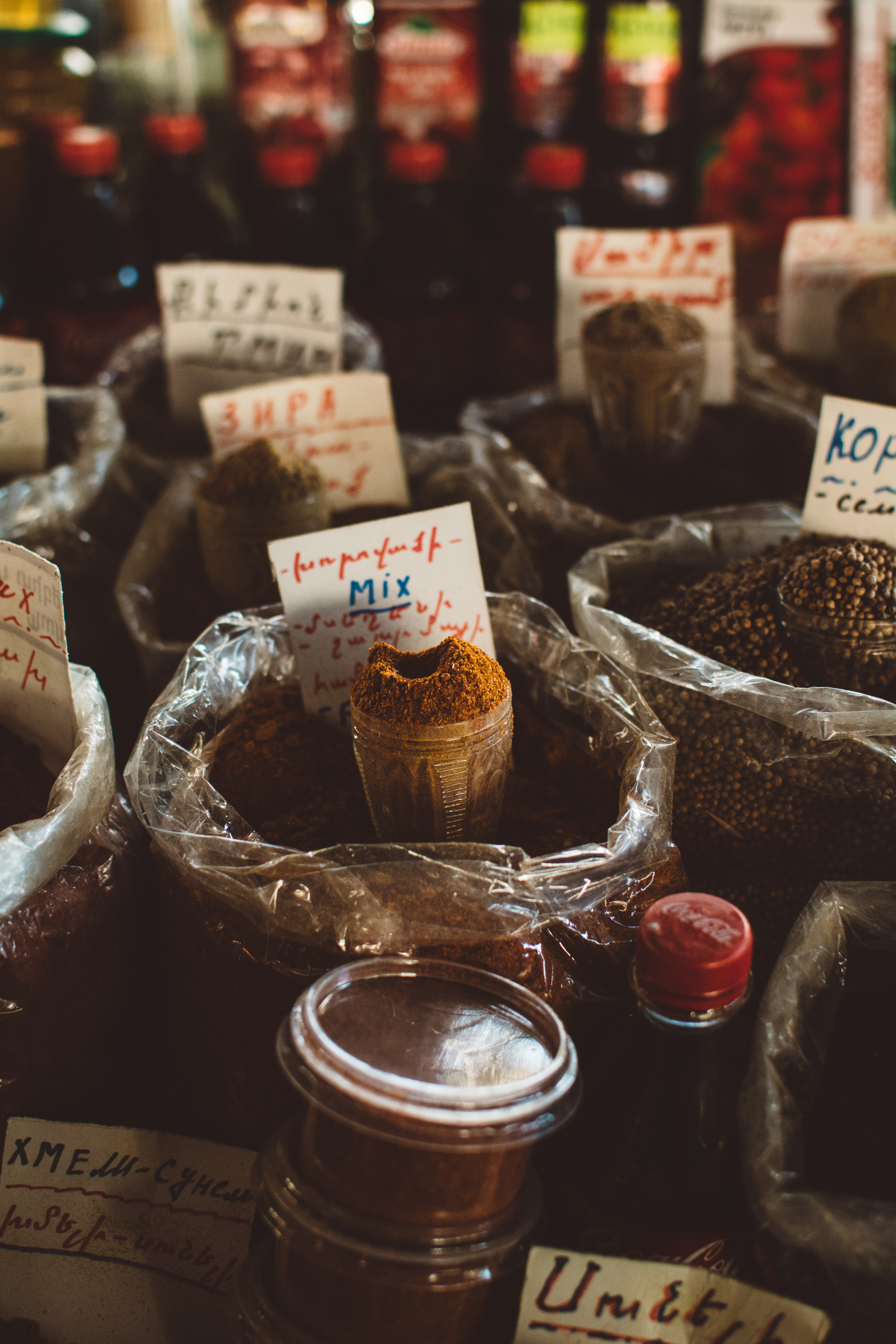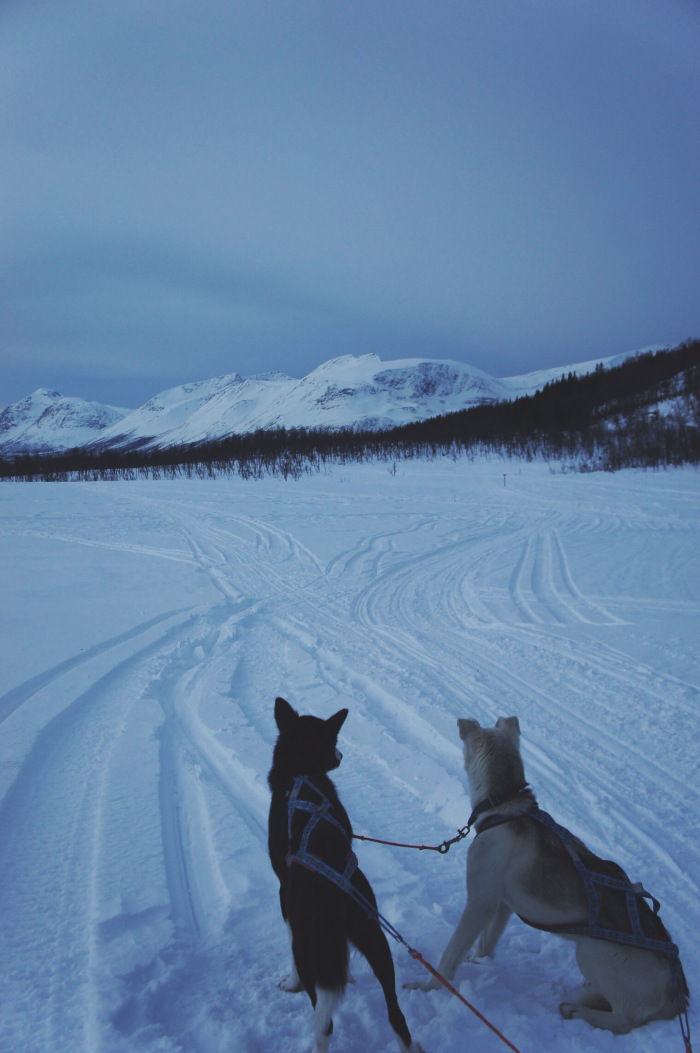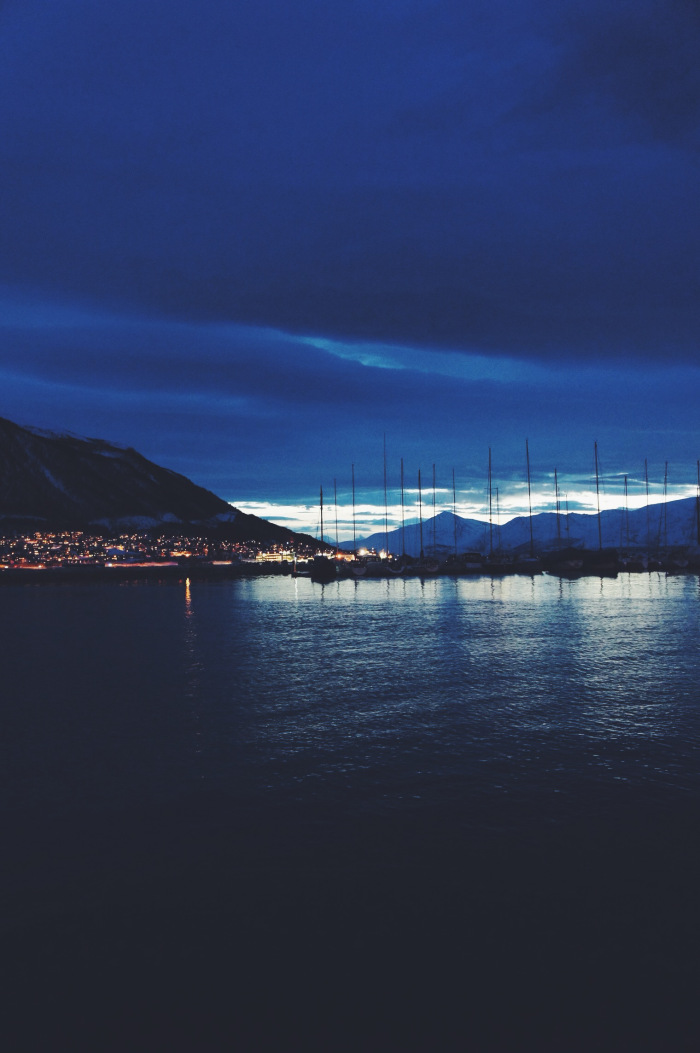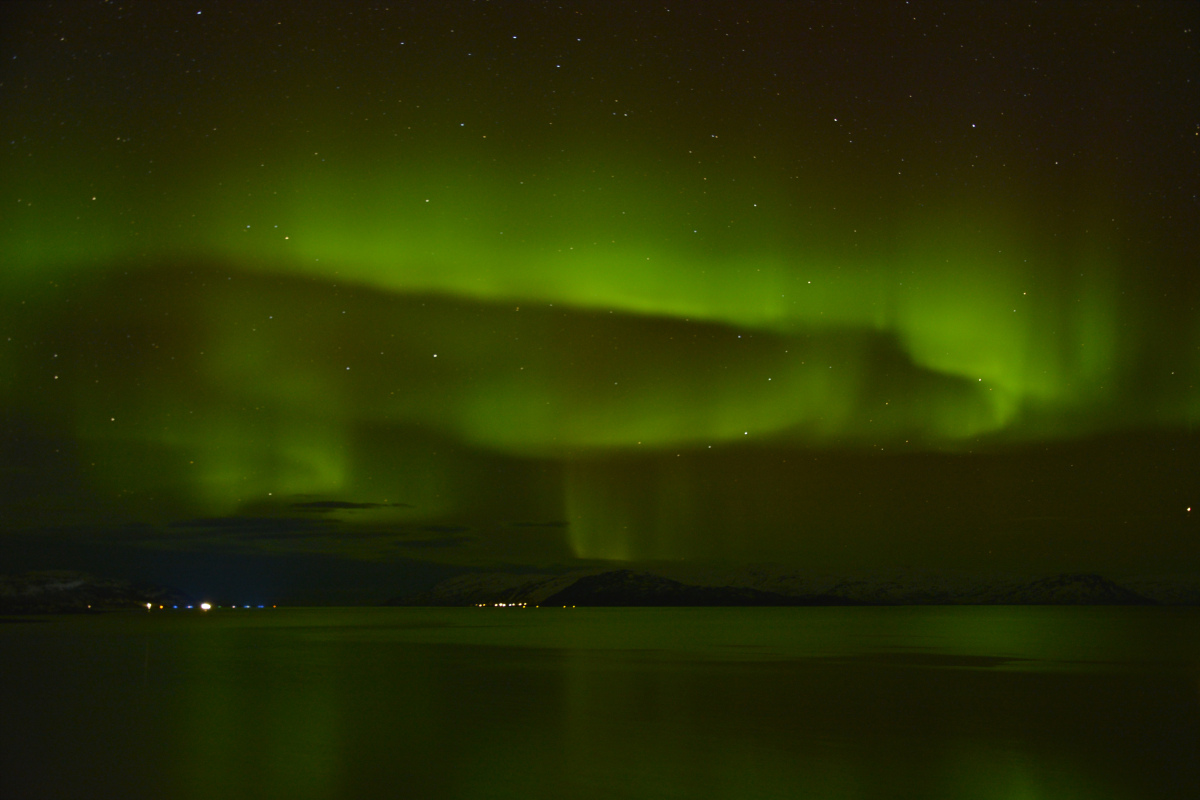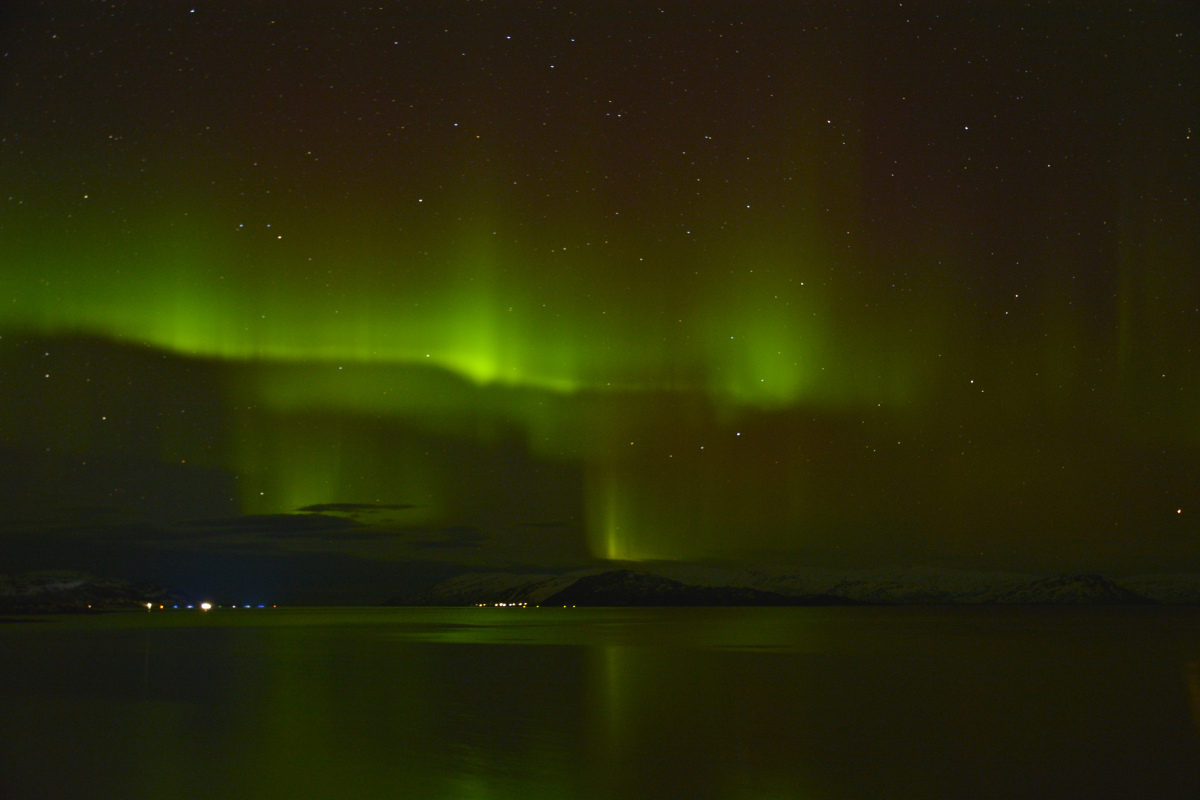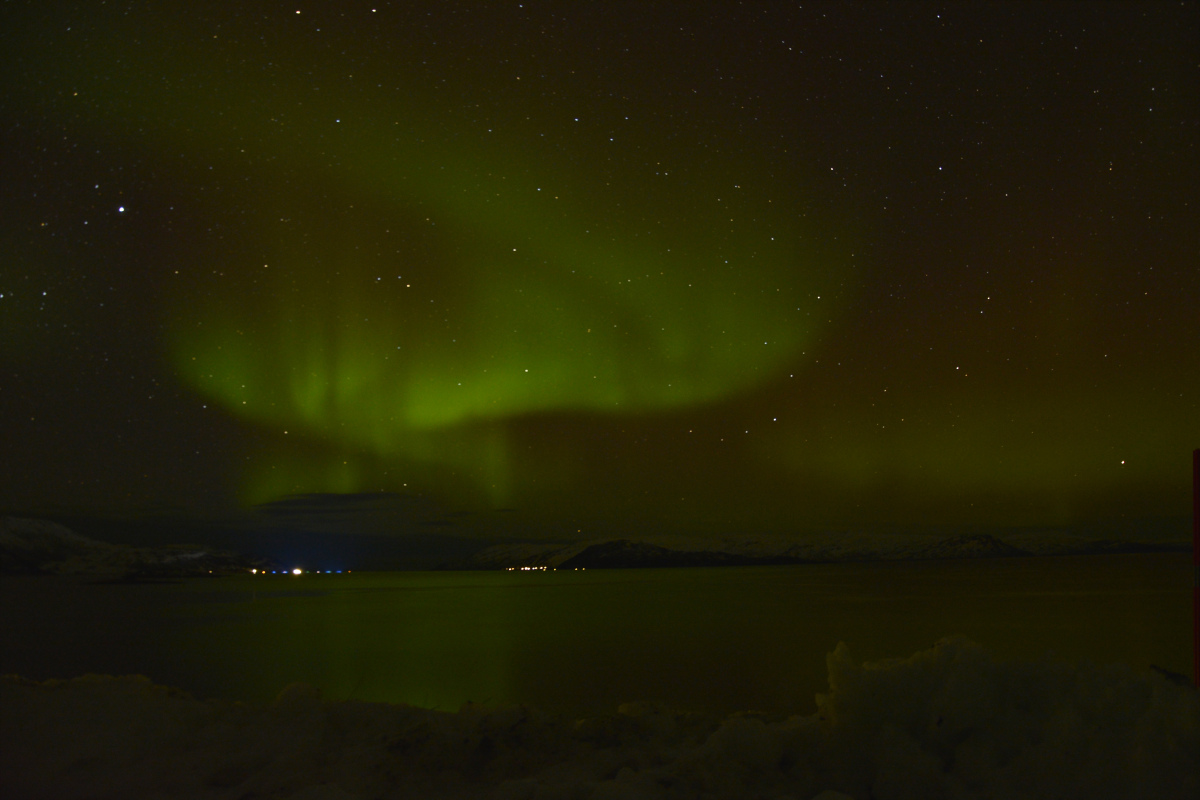Armenian soldiers pose for a photo outside the Tsitsernakaberd memorial in Yerevan, 2015
Over the years I have been fortunate to have a traveled as much as I have. I’ve spent almost every summer that I can remember bathing in the sea and sun of my father’s native homeland Cyprus. Winters have seen me travel to North America, arctic Norway and the mountainous regions of Europe, and London’s proximity to pretty much everything has given me countless opportunities to add more stamps to my passport whenever a cheap flight or a long weekend landed in my lap.
I’ve been living in Australia now for close to six months, and no matter how much I love the lifestyle, weather and the regional travel opportunities, I can’t help but look back at past adventures with nostalgia and a touch of sadness; moving here has reduced the opportunity for travel ten-fold, especially travel outside of this (admittedly stunning) land of red dirt and endless shorelines.
Forever the optimist, instead of wishing for everything I don’t have, I’ve been thinking back to past trips that have left a lasting impact on me, and one trip that has remained as one of the most memorable was when I travelled to Armenia in 2015. Everything about that trip was different, I was travelling during a historically important time, where the country was simultaneously mourning and standing proudly with their heads high in a year marking 100 years since the genocide that took place in 1915.
Mount Ararat, seen from the rooftops of Yerevan, 2015.
Arrival was followed by a complete sensory overload: the smell of ethanol shooting out from the exhausts of Soviet-era cars; lavash, soujouk, lahmajun - all available almost everywhere and washed down with a customary shot of hard liquor similar to that of raki - sent aromatic smells wafting through the air; the oddly familiar sound of Eastern Armenian heard peddling and bargaining from within shops and market stalls; the distinctive peaks of Mount Ararat that crowned the city, acting as a visual reminder of the raw beauty that existed past the housing projects and remnants of a communist past.
Market seller, Yerevan 2015
I spent the week staying in Ujan, a small village in the province of Aragatsotn almost an hour outside of the capital city. I slept in a traditional Armenian home with little hot water or the modern amenities I am so used to taking for granted. Along the village tracks, gas pipes were found protruding overground as if the decision to build them had been made at the last minute, while cows aimlessly wandered between homes, settling now and then to graze on a spot of grass. It felt a world away from the city-breaks in Europe and beaches of southern Spain.
What blew me away most during my time in Armenia was the hospitality of those who I met. Despite being a nation that had endured such adversity, people were full of life with an incredible sense of generosity and kindness. Everywhere I went, I was met with some kind of offering, whether it be food, animated directions or the sharing of a past lived story. It certainly was a world away from the travel I was used to, but it showed me that a world away was a beautiful thing.
Gardener in Ujan, 2015
Man and his children watch a local village performance in Ujan, 2015
Old men playing Narde in Yerevan, 2015
Thinking about future travel, I want to continue to explore off the beaten track and experience travel that will leave a lasting memory with me that I can look back on. I would love the chance to go to Tanzania because it’s somewhere completely different to anywhere I’ve ever been before. From the landscape to the wildlife, the people and culture and of course the food, having the chance to see another corner of the world would make for an unforgettable experience, which is why I’m entering Yellow Zebra Safari’s competition to get the once in a lifetime chance to go on safari, see the Serengeti, bask in the views of Mount Kilimanjaro and get to see big cats, elephants, zebras and more - all in their natural habitat.
